Rome is one of the most culturally rich and historic cities in the world. It is an ancient city that has stood the test of time and continues to inspire millions of people every year.
Whether you’re a history buff, an art lover, or a foodie, there’s something for everyone in Rome. In this post, 30 Things to Do in Rome, I’ll be exploring some of the must-see Rome attractions and hidden gems that Rome has to offer, as well as providing tips on how to make the most of your time in this magnificent city.
So, let’s dive in and discover the best things to do in Rome!
Where to Stay in Rome
Rome is a very big city with accommodation spread from one side of the city to the other. With most people only visiting Rome for a few days, you’ll want to maximise your time by staying somewhere central.
Here are three accommodation options to suit all budgets that I recommend you check out. All are centrally located, highly rated and come with excellent facilities.
Budget – Roma Trastevere Station
Mid-Range – Al Viminale Hill Inn & Hotel
Luxury – Hotel Raphael – Relais & Chateaux
Castel Sant’Angelo

This nearly 2,000 year old castle was built by Hadrian for the purpose of being a mausoleum to bury his family and eventually for himself to be buried in. Since then it has been used by various emperor’s and popes throughout time as a fortress, castle and prison and it was even used for executions from time to time.
These days the castle is a museum called Museo Nazionale de Castle Sant’Angelo which has been opened since 1901. Inside there are six floors of artwork including several baroque statues which have been in the castle for half of its lifetime.
Galleria Nazionale d’arte Moderna
There is more to Rome than just it’s ancient history. You can discover some of it’s modern side by visiting the Galleria Nazionale d’arte Moderna which features art from the 19th and 20th centuries.
There are 75 rooms full of art with a heavy focus on Italian neoclassical with a few other recent styles thrown in the mix. You’ll of course find most of Italy’s best artists represented here as well as some international favourites like Cezanne, Pollock and Van Gogh.
Read More: Things to Do in Rome in Winter on Been Around the Globe
Trevi Fountain
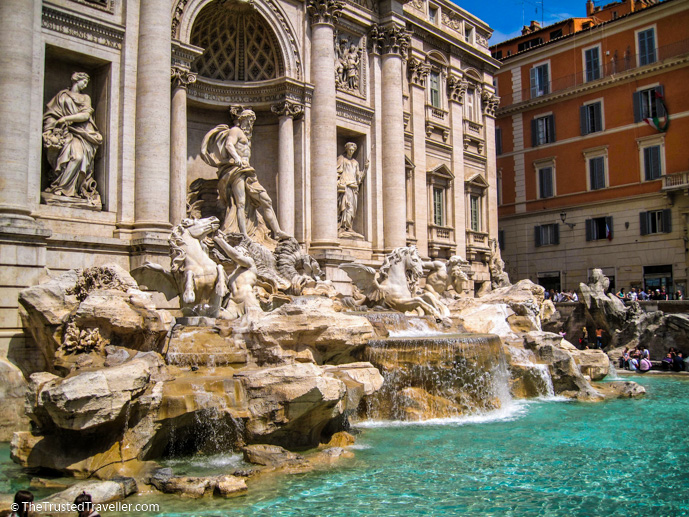
Designed by Nicola Salvi and completed in 1762, this world famous Baroque fountain is certainly one of the most popular places to visit in Rome. This beautiful fountain features a mythological sculptural composition of Neptune, god of the see, with two Tritons.
It is the largest fountain in Rome at a height of 26.3 metres and 49.15 metres wide. If you can manage to get a spot by the fountain, do as the legend says and throw a coin in the fountain so that one day you shall return to Rome.
Piazza del Popolo
This large open piazza which translates to “People’s Square” in modern Italian features several fountains and statues and is surrounded by some of the cities finest churches. Basilica of Santa Maria del Popolo sits in the northeast corner of the piazza and is where the piazza gets it’s name. If you visit the Basilica make sure you check out the two Caravaggio paintings, one of three churches to see Caravaggio’s work in Rome.
Hard to miss are the twin churches of Santa Maria Montesanto and Santa Maria dei Miracoli both built in succession in the 17th century. You will also notice the Egyptian Obelisk that stands in the piazza which was brought to Rome more than 2,000 year ago.
St. Peter’s Basilica
As the centre of the Catholic world, St. Peter’s Basilica is one of the biggest churches in the world with an interior height of 120 metres. It stands on the traditional site where Peter, who is considered the first Pope, was crucified and buried. Building began in 1506, taking over 100 years to complete in 1615.
Michelangelo is represented in the Basilica having designed the incredible dome and fellow artist Bernini designed the great St. Peter’s Square in the front of the Basilica. Easily one of the most popular things to see in Rome, you can walk to the top of the dome by way of 500 plus steps, for the most spectacular panoramic views of Rome.
Santa Maria Maggiore
Santa Maria Maggiore, despite being on Italian soil, is actually owned by the Holy See and is patrolled internally by police from Vatican City. There is a lot to love about Santa Maria Maggiore. Firstly, the structure is quite attractive with a long, column-lined interior, different to most other churches in Rome.
If you love mosaic and intricate detailing then you’ll love seeing some of the most well kept mosaics from the early days of Christianity with some dating back to the 5th century. And finally you will find a collection of some of the best statues in Rome.
Colosseum
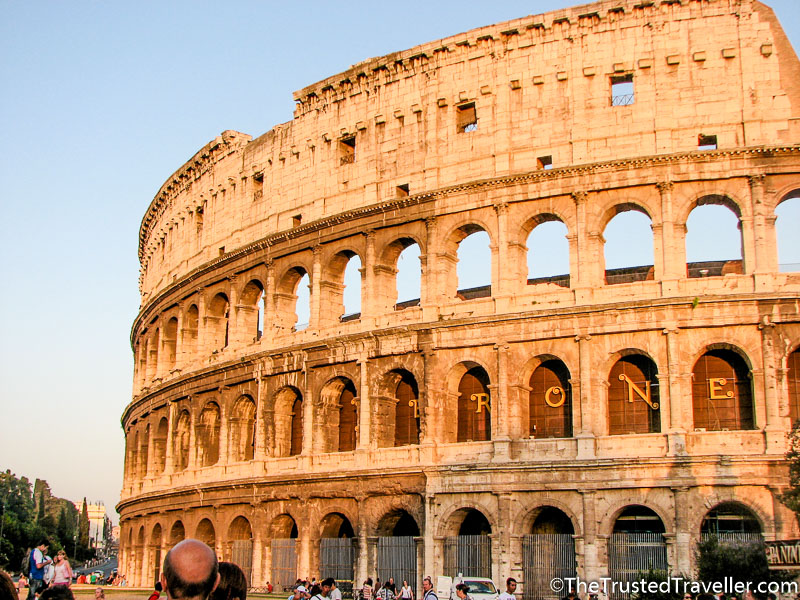
Your Rome Itinerary would not be complete without a visit to this top Rome tourist attract, The Colosseum. Construction began in 70AD under the emperor Vespasian but was completed under his successor Titus in 80AD. It is estimated that it could hold between 50,000 and 80,000 spectators in its heyday and was originally used for gladiatorial contests and public spectacles involving animals, humans, executions, re-enactments and classic mythology.
The early medieval era saw the end of these vicious and barbaric battles with the Colosseum later used for housing, quarters for religious order, a quarry, fortress and workshops. Devastating earthquakes and stone-robbers have left the Colosseum in partial ruin but you can still easily picture its original form as you wander around inside and out.
Palatine Hill
Palatine Hill is one of the original Seven Hills of Rome and it is located in one of the most ancient parts of the city. From the top it offers some of the best views of the Roman Forum and Circus Maximus making it one of the best things to do in Rome.
At the top of the hill is the ruins of a palace complex which were once used as villas by Roman government officials and their families. It is thought that Rome’s first emperor, Augustus, was born in one of the buildings on the hill.
Arch of Constantine
You will find the Arch of Constantine, one of the most underrated places to see in Rome, located just between the Colosseum and Palatine Hill. Dedicated in 315 to commemorate Constantine I’s victory over Maxentius at the Battle of Milvian Bridge in 312, it is the latest of the existing triumphal arches in Rome.
It arches across the Via Triumphalis which was the way taken by emperors when they entered the city in triumph, also leading through Circus Maximus and around Palatine Hill.
Stadio Olimpico
Rome’s Stadio Olimpico was built for the 1960 Olympics and remains today, a major sporting venue. It was rebuilt for the 1990 FIFA World Cup and now has a roof to keep the weather out. There are lots of different events held here throughout there year, most of which are football (soccer) related and it is the home stadium of Lazio and Roma Football Clubs.
One of the fun things to do in Rome is to visit the stadium. You can get yourself tickets for a football match or one of the occasional concerts held there.
Circus Maximus
As one of Rome’s greatest public spaces in Roman times and one of the most important sites in Rome, the Circus Maximus was home to chariot races, used as part of triumphal processions and other public events. Located in the valley between Aventine and Palatine Hills, it was the first and largest stadium in ancient Rome and measured 621 metres long and 118m metres wide.
It could, at times, hold a massive 150,000 spectators and was used as a model for other stadiums built throughout the Roman Empire. It is now a public park which unfortunately doesn’t have a lot of appeal but it is worth a look even just from the top of Palatine Hill.
Visit a Gelateria
A must do in Rome, or Italy for that matter, without having at least one gelato. This delicious creamy ice cream comes in almost every flavour imaginable from the classics like vanilla and chocolate to fruity flavours like strawberry or peach and then the more unusual ones like parmigano and mozzarella or wasabi and prosciutto. It’s not hard to find a good place to get gelato either.
You will find a gelateria on every second corner in the city centre and my best tip for picking which place to try is always go for the one with the longest queue. It must be popular for a reason right?
Sip Coffee
Italy is widely known to be one of the best places in the world for a good cup of coffee. In Rome, you can wander into any bar or cafe and stand at the bar, order your coffee and sip it while standing to do as the locals do. If you need to rest your feet, grab a seat outside, order your coffee from the waiter and expect to pay a bit more than if you were standing.
You’ll find it tough to locate a place that does takeaway coffee in a paper cup like you’d get in Starbucks as coffee is really supposed to be enjoyed properly and slowly in Italy. And if you really want to “fit in” and do as the locals do, don’t order a cappuccino after noon. Italians only drink cappuccino in the morning.
Trastevere
Trastevere is the area you want to visit at night for small authentic Italian restaurants with cheap prices. It’s located just across the River Tiber to the west of the ancient city centre and is frequented mostly by locals. There’s no fast food and touristy restaurants here, just small family owned cafes and tratorias with loads of charm, menus full of delicious fresh produce and happy people.
The atmosphere at night is gorgeous with dimly lit laneways and side streets and groups of happy people taking a stroll after their meals. The restaurants fill up quick and by 8.30pm each night it can be almost impossible to get a seat anywhere.
Shopping
If your looking to splash out and do a bit of shopping when in Rome, then you are certainly well catered for. If your after big name high end Italian fashion brands like Valentino and Armani then the best place to start is via dei Condotti and via Borgogna, home to all the big brands and the busiest shopping streets in Rome.
Running through Condotti and Borgogna is via del Corso where you will find all of the high street, moderate priced brands, things like Diesel, Adidas and Lacoste. To shop for fresh produce, you can’t go past Campo de’ Fiori, one of the best and most popular in the city centre or Mercato Esquilino where you will find everything from fresh produce to fish, meats and even cheap clothes.
Vatican Museums
Pope Julius II founded the Vatican Museum in the 6th century to display some of the world’s most important relics. Over the years various Pope’s have collected and commissioned priceless works of art that now form a collection of over 70,000 pieces with another 50,000 plus pieces being preserved in the vaults.
The most popular part of the Vatican Museum is undoubtedly the exquisitely decorated Sistine Chapel. It’s here where you will find the famous Michelangelo painted ceiling and The Last Judgement, which is believed to be Michelangelo’s crowning achievement in painting. It is quite impressive looking up at the ceiling, thinking of the years that Michelangelo spent creating this masterpiece.
You have two option when visiting the Vatican, either you can go it alone or one a guided tour. Either way, I highly recommend having a ticket booked in advance as the Vatican is the most visited attraction in Rome and queues to get in without a pre-booking can be massive. Here are some options to look at:
Read More: Tips for Visiting the Vatican City on Reflections on Route
Capitoline Museum
You will find the Capitoline Museum right near the Colosseum and is a place often overlooked by visitors to the more popular attractions in this area. If your interested in the history of the Roman Empire then this is definitely the museum for you.
Inside you will find works of art from Roman times as well as a few replicas of ancient Greek sculptures. Among the most impressive Roman statues on displays are those of Roman leaders Nero, Aurelius and Constantine.
Spanish Steps
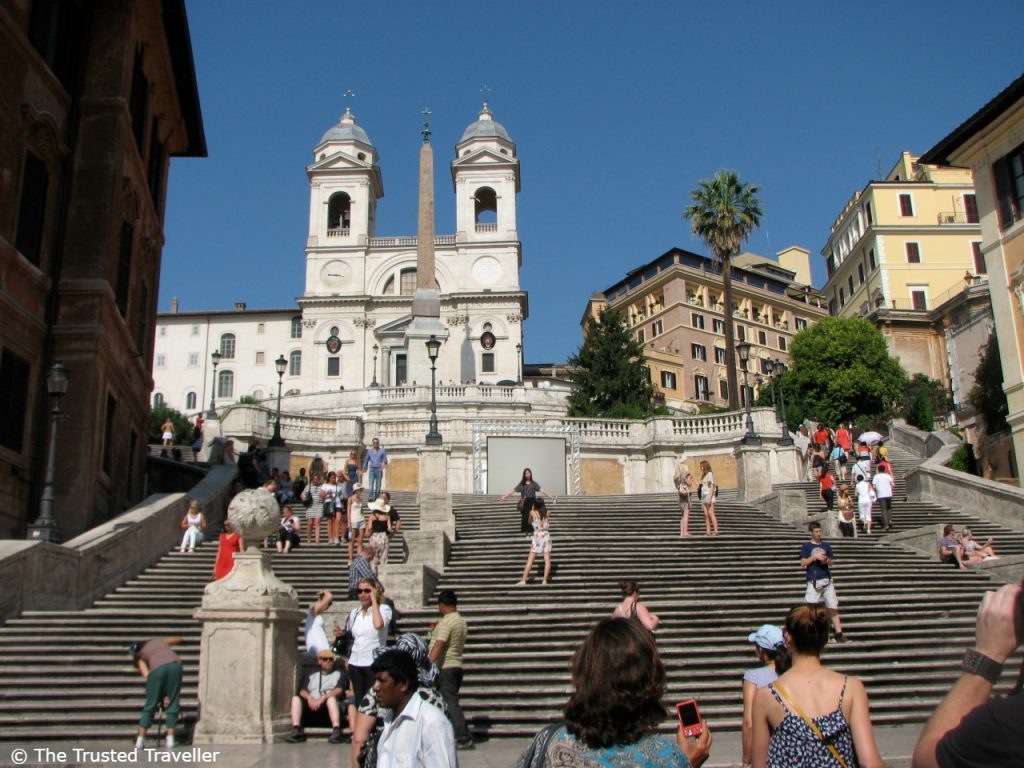
The Spanish Steps are probably the most famous set of stairs in the world. The stairs were built by French diplomat Etienne Gueffer in 1723-1725 as a way of linking the Bourbon Spanish Embassy and the Trinita dei Monti church at the top with the Holy See in Palazzo Monaldechi below.
As the widest staircase in Europe you can walk the 135 stairs to the top, hang out on the stairs with the thousands of tourists who visit this spot each day and wander around Piazza di Spagna, the square at the bottom of the stairs. Make sure you visit at nighttime as well, when the stairs are lit which makes for a very romantic stroll after dinner with a gelato.
Piazza Navona
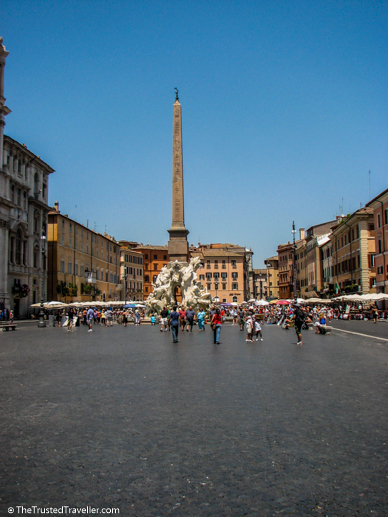
Piazza Navona, to me, is the most beautiful of all the squares in Rome. It features three magnificent fountains and is surrounded by some of the best Baroque Roman architecture in the city. The Piazza was established in the 15th century and was created in the shape of the Stadium of Domitian that once stood here.
An interesting fact about the Piazza Navona is that the stadium dates from 86AD and actually had a larger arena than the Colosseum. The buildings surround the square today stand where the spectators use to sit, giving you a good perspective of how massive the arena was.
Right in the centre of the Piazza stands the Fontana dei Quattro Fiumi or Fountain of the Four Rivers. Designed by Bernini in 1651, it is topped with the Obelisk of Domitian which was brought to the Piazza in pieces from the Circus of Maxentius.
Read More: Romantic Hidden Gem in Rome on Worldwide Wendy
Campo de’ Fiori
As one of Rome’s most atmospheric squares, you will find Campo de’ Fiori abuzz with locals and tourists day and night. During the day it is one of the city’s more popular produce markets offering fresh fruits, vegetables, spices and flowers to the locals who are regulars at these stalls and the tourists passing by. At night, the stall holders have packed up and the square is taken over with people socialising, relaxing and taking an evening stroll.
The Pantheon
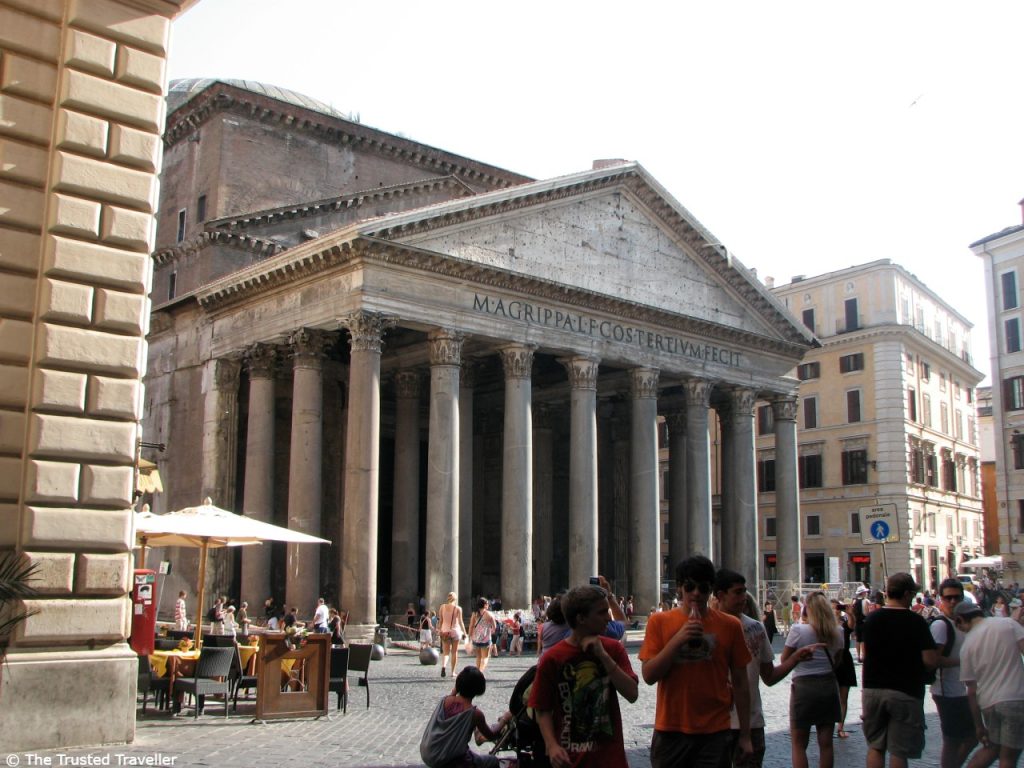
The Pantheon, also known as “Temple of the Gods”, was rebuilt by Hadrian in around 126AD but was originally commissioned by Marcus Agrippa as early as 27BC and is today one of the best preserved Roman buildings in the world. From the front you see the portico of large granite Corinthian columns with the concrete dome rising above.
Step inside the rotonda to peer up into the dome and the central opening where the light (and sometimes rain) streams through onto the original marble floor below. The dome is still the largest unreinforced concrete dome in the world with the height to the central opening and the diameter of the interior circle the same at 43.3 metres.
Read More: Two Days in Rome: Your Complete Itinerary on Our Escape Clause
Audience with the Pope
Most Sunday’s at noon, St Peter’s Square is packed to the brim with people waiting to see and hear the pope give his weekly blessing. When the pope is in Rome, he will appear on his apartment balcony overlooking the square and delight all of the devoted people waiting to hear what he has to say.
On Wednesday mornings there is also another opportunity to see the pope and receive a more personal blessing. This time tickets are required but they are free. It is a smaller group and blessings are read in a range of languages to suit you and your group.
Roman Forum
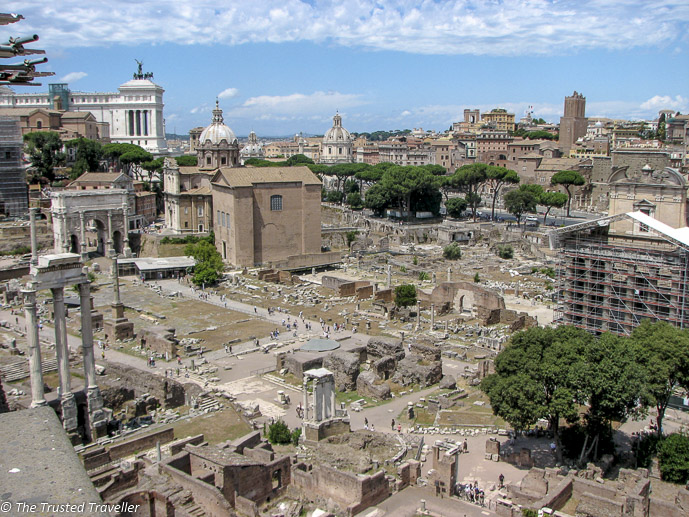
For centuries the Roman Forum was the heart of ancient Rome, a place for public speeches, criminal trials and triumphal processions. It was full of statues and monuments of the city’s greatest and it was and still is, one of the most celebrated meeting places in the world throughout history.
Three thousand years ago when the Roman Forum was born, it slowly became the social and political centre of the Roman Empire. It was around the 7th century BC that it really started to take off as a home to markets and social activity.
It quickly became crowded with people flocking from all over to witness and participate in one of the many spectacles going on or simply meet with others to comment and chat about things like political issues or military campaigns.
Today this area located between Palatine and Capitoline Hills is a sprawling ruin of architectural pieces and the site of regular archaeological excavations. There is a lot to see and take in here and you could easily spend a few hours wandering around the grounds.
Just like the Vatican, the Roman Forum is one of the top things to see in Rome, so securing your ticket in advance will allow you to avoid missing out if they are already at capacity the day you are there. You have two options, a skip-the-line entry ticket or a guided tour, both of which are very affordable as you get access to 3 attractions in one, see more in the links below:
- Colosseum, Roman Forum and Palatine Hill Entry Tickets
- Colosseum, Roman Forum and Palatine Hill Guides Tour
Altare della Patria
Also know as the Monument Nazionale a Vittorio Emanuele II, Altare della Patria was built in honour of Victor Emmanuel, the first king of unified Italy and is one of the more controversial monuments in Rome.
Completed in 1925, it is the largest white marble Botticino monument ever created and one of the whitest in Europe. It features stairways, Corinthian columns, a scultpure of Victor Emmanuel and statues of goddess Victoria riding on quadrigas.
The monument is 135 metres wide and 70 metres tall and takes up an area of 17,000 square metres. Inside you will find the Italian Unification Museum and an elevator that takes you up to the roof top for 360 degree views of Rome.
Aurelian Walls
Built by the Romans, the Aurelian Walls are arguable among the best remaining examples of Roman architecture left in the world. They once completely surrounded ancient Rome and were used right up until the 18th century as city fortifications.
The best places to see the walls now, as they are no longer fully intact, are the sections that remain near Villa Borgese and the Apian Way. Both of these locations offer the chance to get close to the most well preserved parts that still remain.
Temple of Hadrian
The Temple of Hadrian was built in 145, and while it is not as well kept as the nearby Pantheon, the parts that do remain are rather impressive. The one wall that survived includes 11 of the original 15 metre high Corinthian columns. In the 17th century this wall was incorporated into the papal palace by Carlo Fontana with the building now being occupied by a bank.
While some of the stones used in the original building survived, they are no longer in the building walls, rather, they were used to construct the adjacent Piazza di Pietra.
Eat Pizza

While the birthplace of pizza in Italy was a little further south in Naples, Rome is still a great place to grab a slice or two of one of the world’s most popular foods. You can find a pizzeria on every second corner in Rome, with some offering a sit down eating experience where you can order a whole pie while others offer the chance to order from street vendors by the slice.
It can be tough finding “the best” pizza in the city and while trawling through the pages and pages on the net regarding this subject, I found so many different opinions on which places serves “the best”. My advice when choosing somewhere to eat is always look for a place that is busy and looks to have at least a few locals eating there. And when ordering, try to stick with a pizza that has only a few toppings so you can really taste that delicious fresh tomato homemade sauce.
Drink Wine
Being in the centre of one of the world’s best wine producing countries means that you are going to be spoilt for choice when it comes to sampling the local wine in Rome. When you sit down in a restaurant or bar in Rome the wine list will be extensive and include wines from world famous regions like Tuscany and Umbria, plus lesser known regions in eastern and southern Italy.
Take the opportunity to sample what is usually very expensive back home and enjoy drinking like a local at local prices.
Villa Borghese
One of the largest green spaces in the city is Villa Borghese, an English style garden that contains a number of interesting buildings and is a great way to spend a few hours away from the crowds of the ancient city.
The gardens were originally made in 1605 by architect Flaminio Ponzio from sketches by Scipione Borghese who used the villa for parties and to house his art collection. In the 19th century the gardens were redesigned and are as you see them today.
On the property is of course the villa itself and the Galleria Borghese where you will find one of the best collections of Renaissance art in the world. Everything from paintings, to sculptures and antiques dating back to Roman times can be found in the gallery, plus a few mosaics that date back over 2,000 years.
Catacombs
One of the more unusual things to do in Rome can underground. Underneath Rome are at least forty catacombs, underground burial places, used mostly for Christian burials since the 2nd century AD.
The walls and ceilings of some of these catacombs contain paintings which are thought to be some of the earliest examples of religious art with some chambers decorated in well-preserved mosaics. Only a few of these catacombs are safe and open for visitors and are offered only as a guided tour.
Over to you!
What’s your favourite place in Rome? Or where do you want to see the most?
Let me know using the comments section below or join me on social media to start a conversation.
Thanks for reading and I hope you enjoyed this post.
Join my email list and get a FREE copy of my TRAVEL PLANNING TEMPLATE
My Travel Planning Template will make your travel planning simple & stress-free!

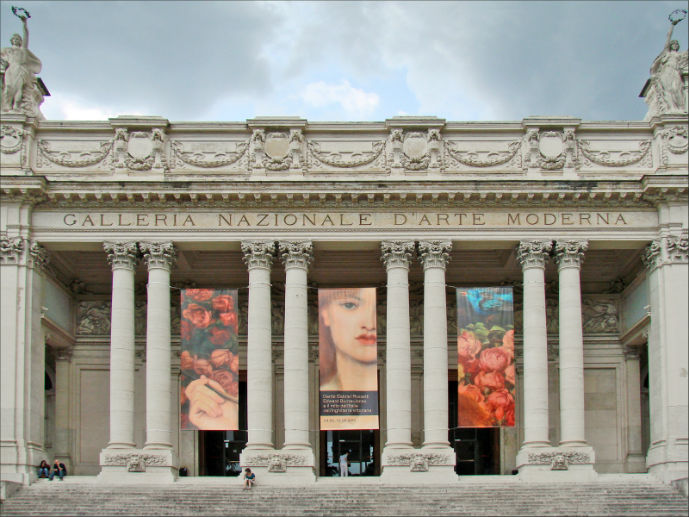
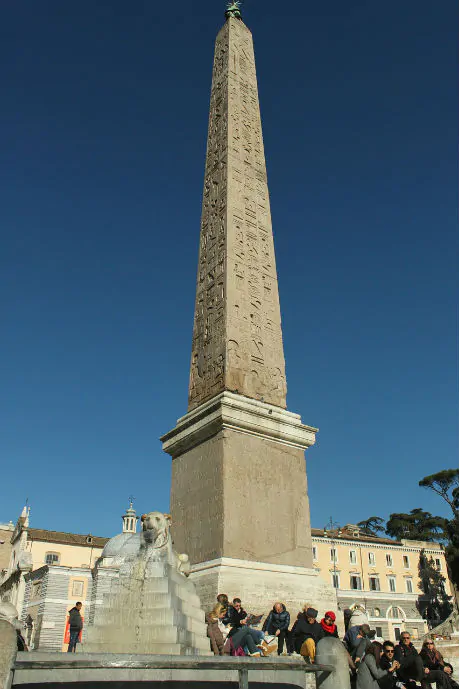
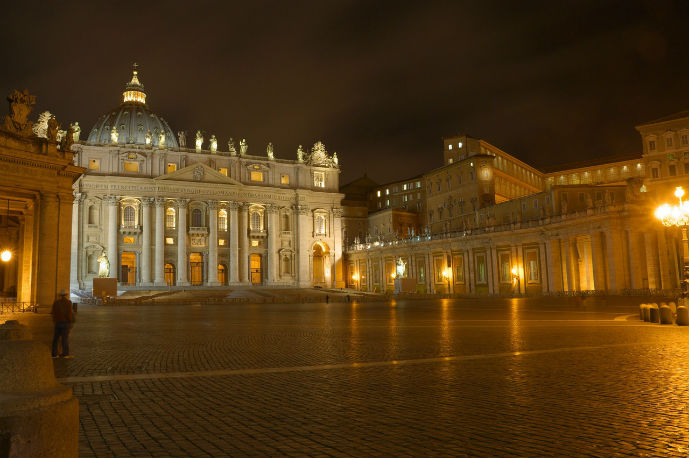
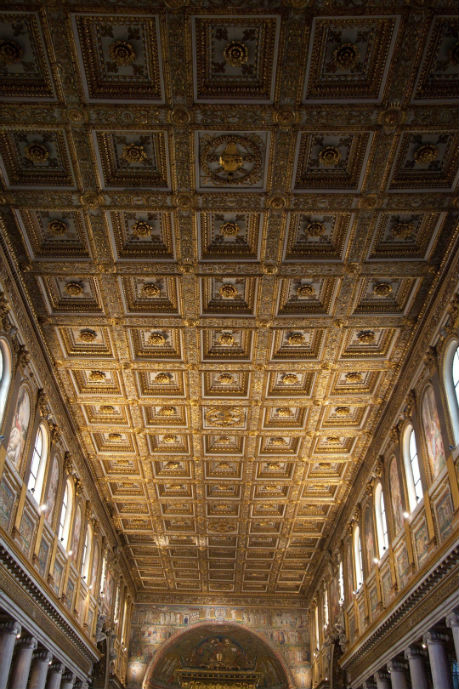
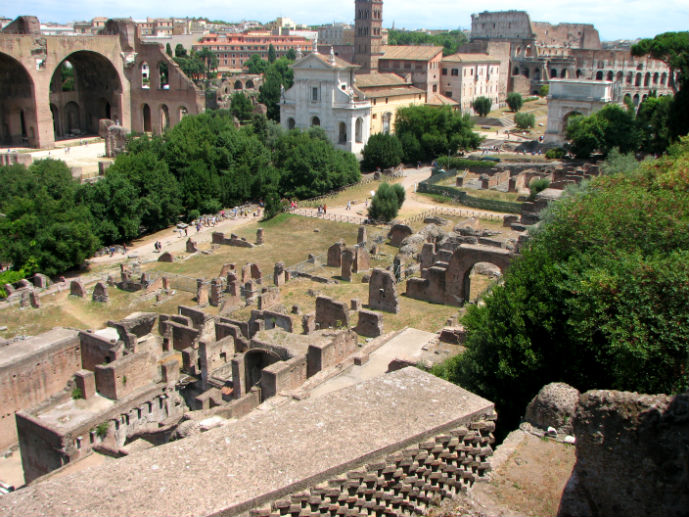
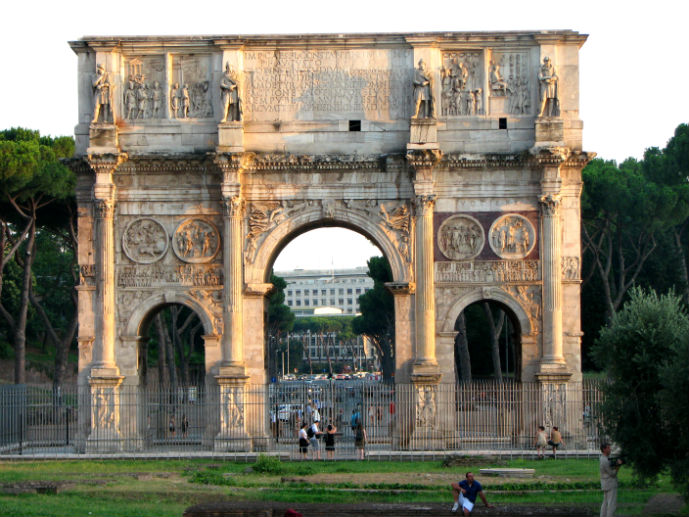
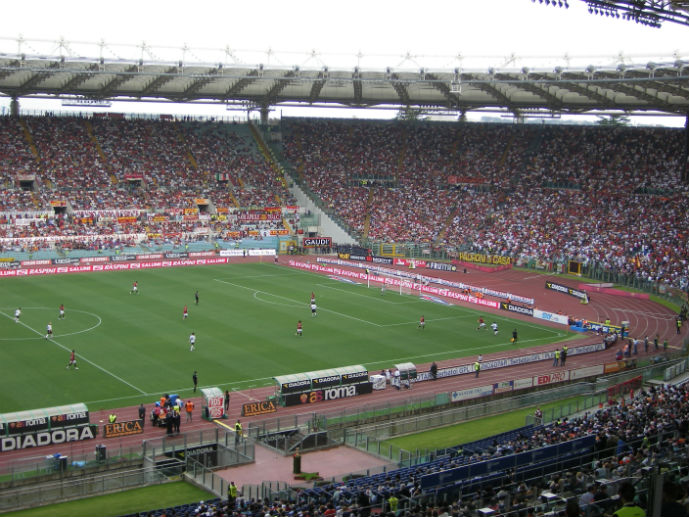
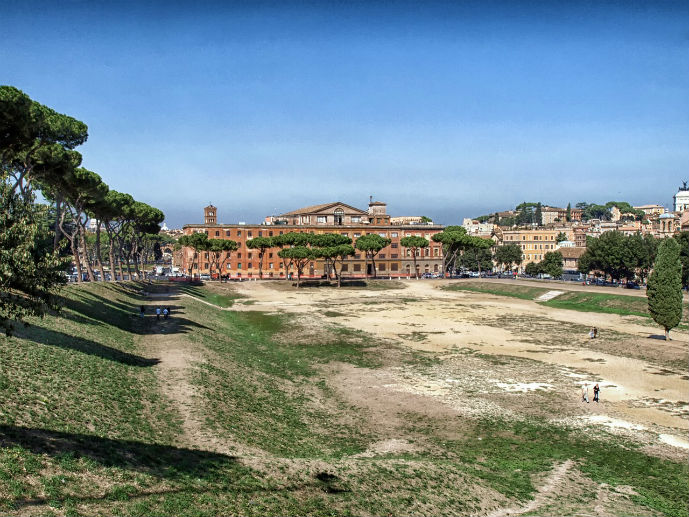
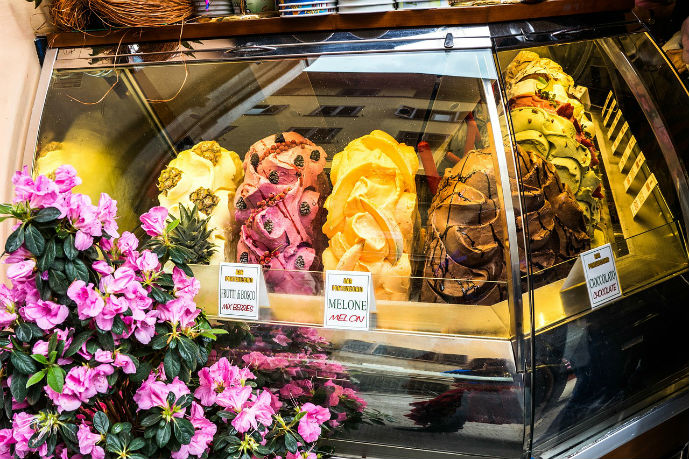
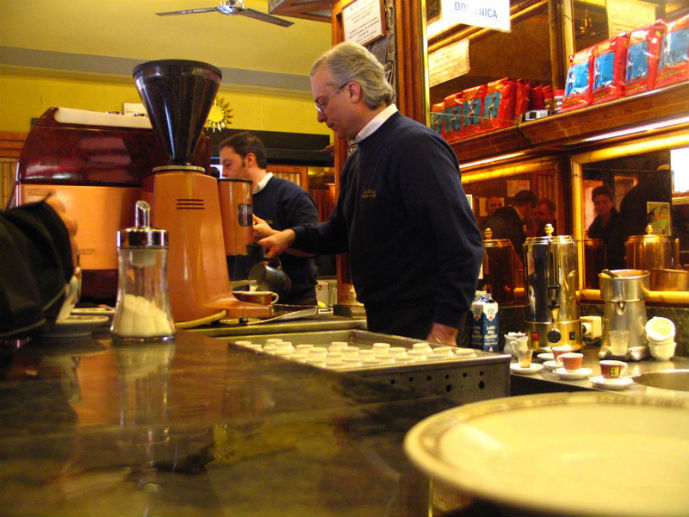
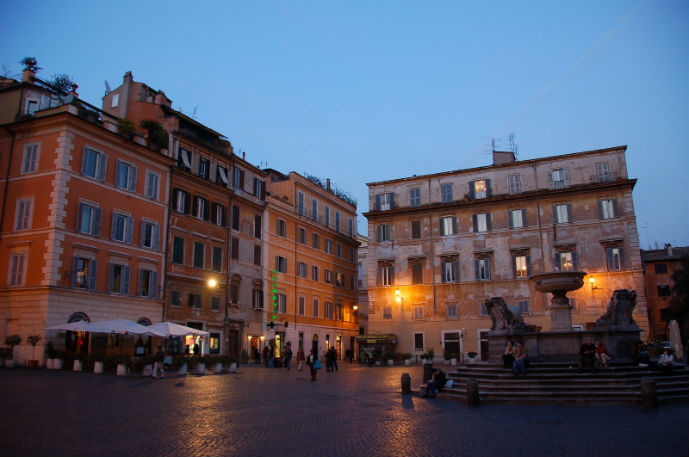
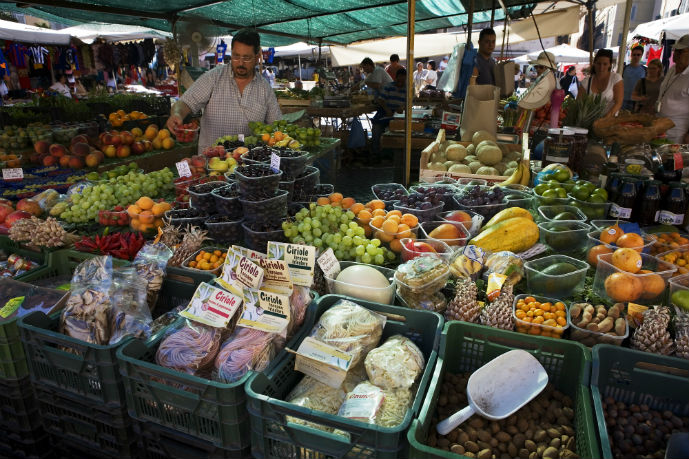
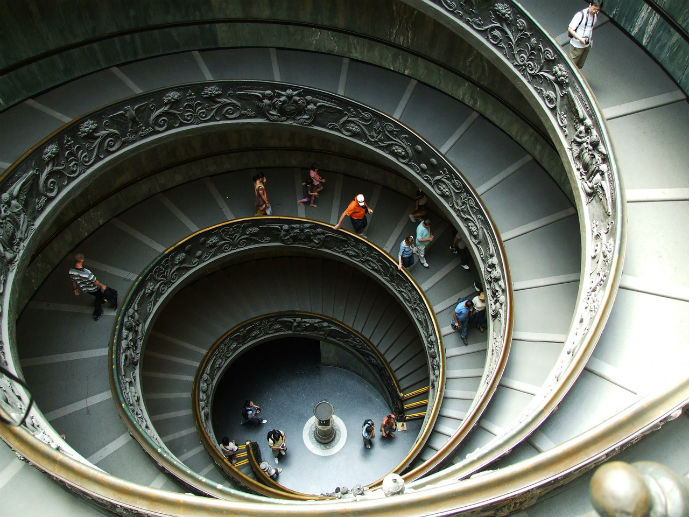
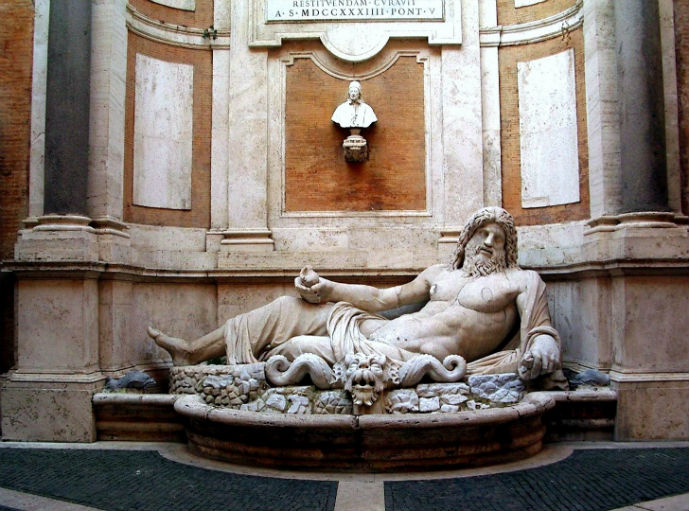
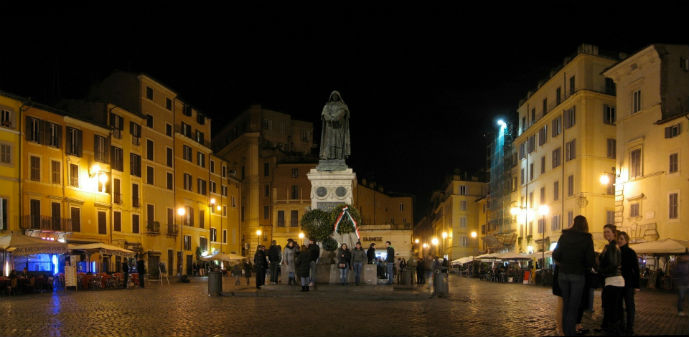
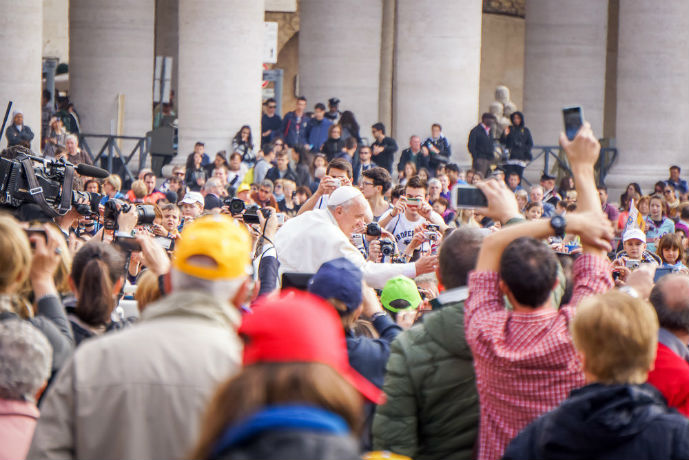
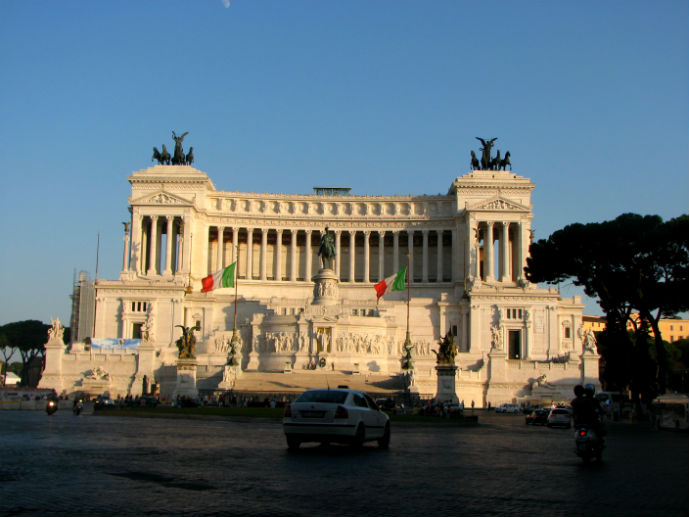
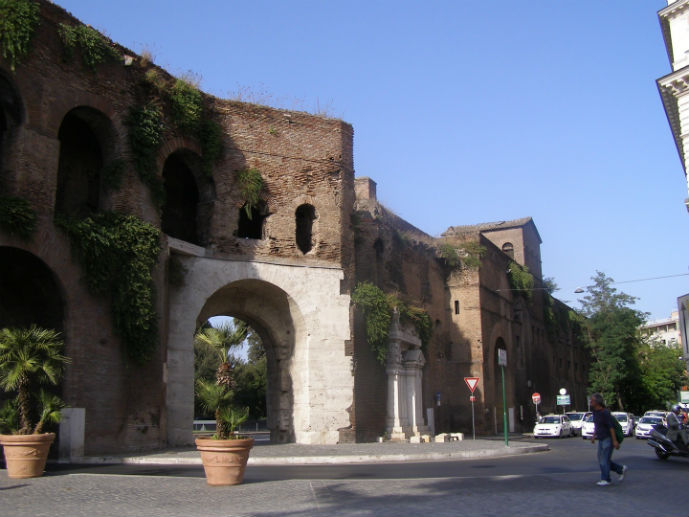
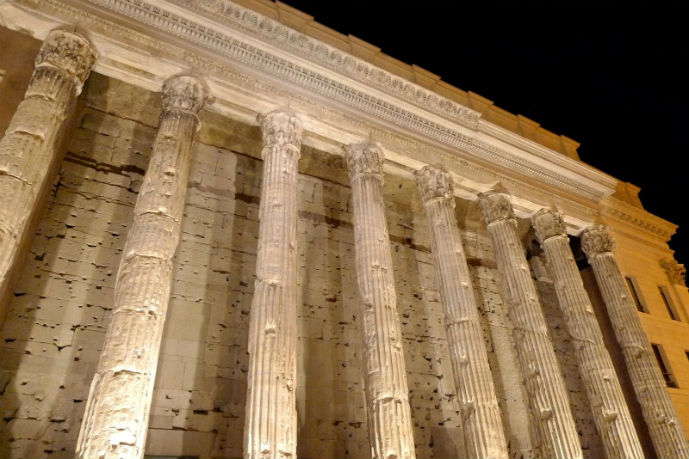
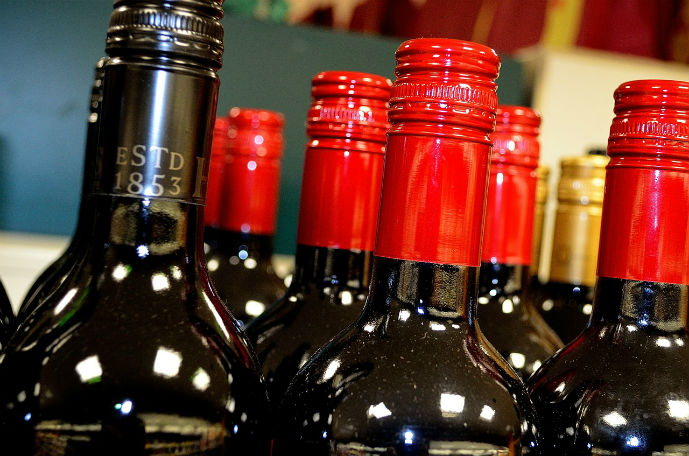
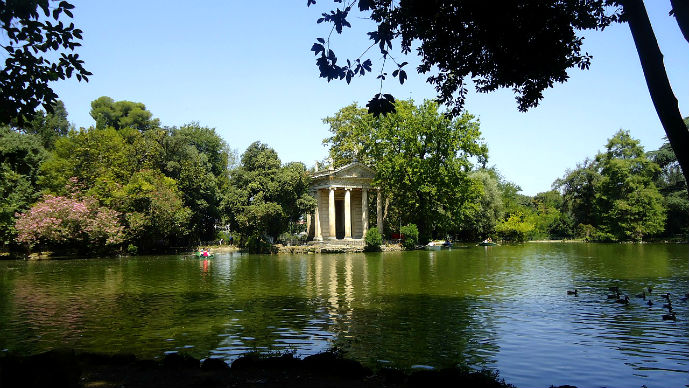
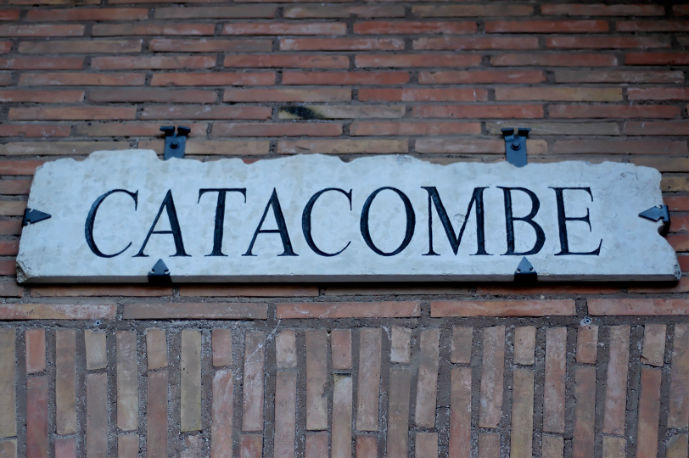
Rome was never high on my list, beyond the Trevi fountain. I loved the idea of that. Recently though, I think it is rising higher on my list because of the art and architecture. I was (at one point..) an Art History major and when I look back on those classes there is so much in Rome that I think I need to see. This list is excellent and helps me to add other things I would love to see as well! 🙂 -Alexandra
Simply Alexandra: My Favorite Things
If you love art and architecture then Rome is probably one of the best places in the world to experience them. I really hope when you do visit Alexandra, that you love it!
Brilliant article, some great photos too. I saw a fair few things on your list, but not nearly enough – I definitely want to go back to Rome to do it justice. My favourite sight was the Pantheon – I have loved this building for years, closely followed by the Colosseum – Just imagining this magnificent structure during its prime, full of spectators gave me chills
Thank you Paul. I admit I haven’t seen nearly enough either and agree with you about the Pantheon and Colosseum. To be there in those times would have been incredible!
GELATO! I love that you included that. I basically lived off of it for my time in Rome…at least for lunches 😉
Me too Hannah. Some days it was two a day!
oh Rome! Never would I say no to a trip to Rome. A great city! the Trevi Fountain was my must see. Got some great photos at night
I’m with you there Bec! I’d be back there in a flash if I could.
Definitely Sipping Coffee in an around the Pantheon is a must…also Via del Corso
Agreed! The area around the Pantheon was probably my favourite part of Rome.
Wow, it looks like there is so much great stuff to see on Rome! Italy has been high on my list for a while, and the trip just hasn’t lined up quite yet. Fingers crossed it happens soon!
I will have my fingers crossed for you to get to Rome soon Jessica.
I want to do all of these especially the one involving gelato!
The gelato is amazing Samantha! It’s hard to stick with one a day that’s for sure.
I visited Rome 5 years back, and reading through your post, and seeing the pictures, it just brought back those lovely memories! There’s so much of history and architecture spilled all over the city, and it’s difficult not to capture them!
Thank you Anu. I am glad that I could bring some happy memories back to you.
Oh how I wish I had read this post before I ventured to Rome . . . we just didn’t get off on the right foot I’m afraid, and I think it was the lack of research beforehand that created this. Amazing tips and list for the next time!
Oh no, that’s no good Alli. There is always next time!
I have always dreamed about going to Rome and roaming around the historical sites! I really love the ceiling at the Santa Maria Maggiore – it is so grand and magnificent and the Colosseum is a place that holds so many stories!! It sounds like the perfect place to sit down and enjoy some great coffee too!
It is truly wonderful Constance. We hadn’t actually planned to visit Santa Maria and just stumbled across it one day and really loved it. Hope you get to roam around Rome soon!
Ah I love Rome! I haven’t been there in a few years but it was the first city I visited in Europe. Nostalgia! The markets, the architecture, the food… so good!
It is an amazing city Muriel. Glad I could bring back some good memories for you.
Beautiful pictures. I was in Rome last year and checked out some of the places you pictured above. Would love to go back.
Thanks Bianca. I would love to go back too!
In August me and my girlfriend are going to Rome and this article helped me a lot. We going to stay in a hotel relatively in the center (which was very cheap btw. if you want check http://www.reservationcounter.com/)
I knew that we should visit the Colosseum and Trevi Fountain but the other places I hear for the first time. I dont think that 4 days there are going to be enough to see all of those places but we will try 🙂 The only thing that bothers me is that it will be hot as hell.
Glad I could help Edward and glad you found somewhere cheap and central to stay. I hope you both have a fantastic time!
This is the most comprehensive guide I’ve seen in a while! Anyone going to Rome will have no trouble enjoying it!
Thanks Mia. Appreciate your feedback.
So excited to finally be able to see some of these places in person rather than through pictures. Rome in 3 days !!!! 🙂
Yay! So excited for you guys. It is a pretty awesome city.
Hii,
I like Rome very much,so from this article my dreams comes in front of me.
Thanks for sharing this valuable information with us.
Thanks!